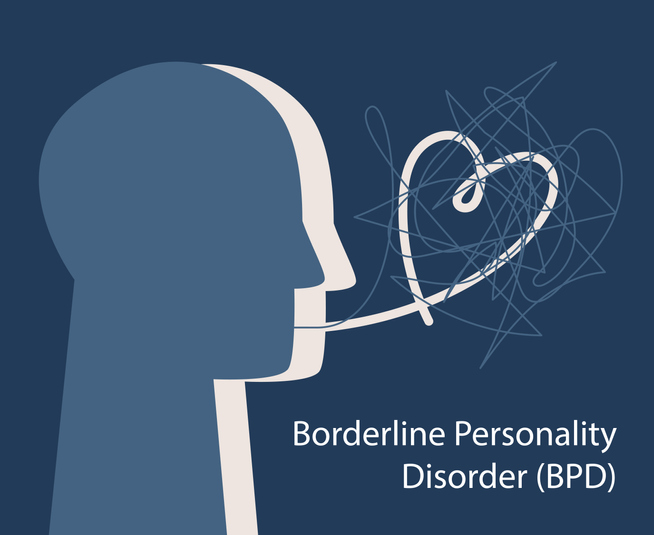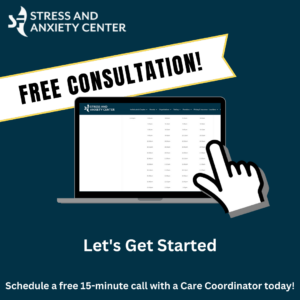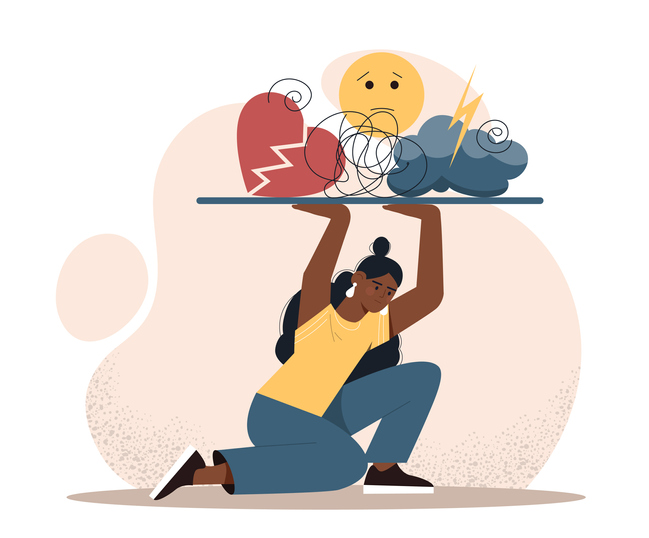This can be paramount for many dealing with mental health issues: the choice between online and face-to-face sessions. Thanks to technology, today virtual therapy is on offer for people in remote areas or carrying very busy timetables; it is hence much more flexible and further convenient. Cognitive Behavioral Therapy (CBT) and, for that matter, several other methods of treatment have been successfully administered to patients with effects equal to those realized over the years in old-fashioned, one-on-one, face-to-face sessions.
The Effectiveness of Online Therapy
However, some may raise questions about the level of effectiveness that online therapy may elicit the same effectiveness as the one-on-one sessions, more so for those conditions that warrant nuances in the effectiveness of face-to-face interaction.
Online and in-person sessions each have their pros and cons. For example, in contrast to traditional forms of therapy, which require physical access to a therapy center and usually is geographically or time-bound to the opening and closing hours of an institution, online therapy enables that globally and, one could say, even 24/7 if one can access the internet and be in a private space.
The Intimacy of In-Person Counseling
On the contrary, face-to-face counseling engages direct human contact and may be construed as more intimate in nature for those who are fixated on the traditional way of counseling.
Therapy covers everything from anxiety, stress, and other lower-tier mental health conditions to more severe mental illnesses, all inclusive of the online or in-person options. That’s why therapy works—not so much that it’s done a certain way but more to the degree that a person is comfortable with the therapist and with the process.
SF Stress & Anxiety Center: Your Options for Therapy
California residents or simply those who would rather see someone in person will also find SF Stress & Anxiety Center accessible, from branches all over the state, from San Francisco to Santa Monica, Oakland, and San Jose, to Sacramento, and even to Newark. On the other hand, with the need for resorting to getting help from online therapy, SF Stress assures that such is a safe and proven effective mode of treatment, undergirded by studies citing its efficiency in dealing with various conditions.
Navigating Mental Health During COVID-19
The COVID-19 pandemic had brought with it a whole range of mental issues, and it is then that the role of online therapy became important. Get the best out of teletherapy and manage mental health under trying times: Resources and tips provided by SF Stress & Anxiety Center.
This is strictly by personal preferences, the situation of the individual, and the specific mental health condition to be treated. Both the online and in-person therapies have a place in mental health issue treatment, which would strictly be by personal preferences, the situation of the individual, and the condition to be treated.
Finding the Right Therapist for You
Find a great-fit therapist at SF Stress & Anxiety Center. If you are contemplating online therapy or if you would prefer individualized and custom-tailored treatment plans with both in-person and online therapy to aid you in taking steps towards better mental health, we can help.
Frequently Asked Questions Online Therapy vs In-Person
Is Online Therapy as Effective as In-Person Therapy?
- Yes, research has shown that online therapy can be just as effective as in-person therapy for treating a range of conditions, including anxiety, depression, and stress. The key to effectiveness lies in the quality of the therapeutic relationship and the suitability of therapy type to the individual’s needs, not necessarily the medium through which it is delivered.
What Are the Main Differences Between Online Therapy and In-Person Therapy?
- The main differences lie in the mode of communication and accessibility. Online therapy offers greater flexibility and accessibility, especially for individuals in remote areas or those with busy schedules. In-person therapy provides a physical space for the therapy session, which some may find more conducive to opening up and building a therapeutic relationship.
What Are the Pros and Cons of Online Therapy?
- Pros:
Greater accessibility for people in remote areas or with mobility issues.
More convenience and flexibility in scheduling.
Often more affordable than in-person therapy.
- Cons:
Requires a reliable internet connection.
May not be suitable for more severe mental health conditions that require close, personal monitoring.
Some people may find it harder to connect with their therapist virtually.
Can Online Therapy Help with Severe Mental Health Issues?
- Online therapy can be effective for a wide range of mental health issues, including severe conditions. However, it may need to be supplemented with in-person sessions or other treatments depending on the individual’s specific needs and the severity of their condition.
How Do I Choose Between Online and In-Person Therapy?
- Choosing between online and in-person therapy depends on your personal preferences, needs, and circumstances. Consider factors such as your comfort level with technology, the severity of your mental health condition, your schedule, and whether you feel you can establish a strong therapeutic relationship online.
Is Online Therapy Secure and Confidential?
- Yes, reputable online therapy providers use secure, HIPAA-compliant platforms to ensure that all communications between you and your therapist remain confidential and protected.












